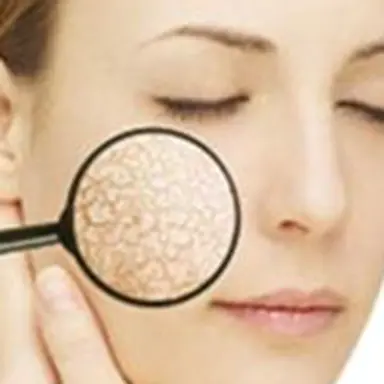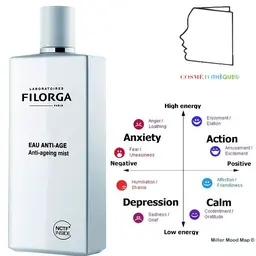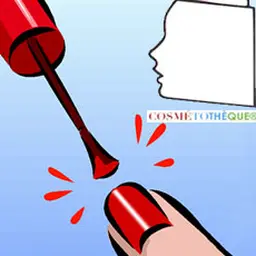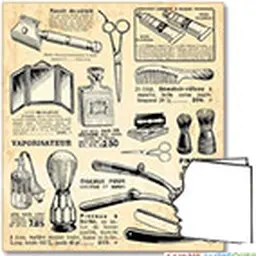
Characterizing the skin has long been one of the major prerequisites for the correct use of cosmetics and, of course, for the choice of ingredients. What an effort and work to define this complex tissue that is the skin, and more specifically its upper part. In this dossier, we propose to trace the history of this process.
When we talk about beauty products and cosmetics, we almost always reduce the debate to products or ingredients. Certainly, they play an important role, and sometimes actively participate in the definition of the product. This was especially true when we were in the world of the"miracle recipe". But there are a whole series of indispensable things that surround these activities. It is for example the eternal question: what is my skin type? Indeed, characterizing the skin has long been one of the major prerequisites for the correct use of cosmetics and obviously the choice of ingredients. This is still a current concern, and it is very easy to find guides and approaches to satisfy this exercise, for example on the Figaro website or on Skin Science's .
However, it is perhaps on the definition of skin, and more particularly healthy skin, which is not"pathological", i.e. the preferred field for cosmetics, that the industry has made the most progress.
For a long time confined to a"dead tissue" state, or to a simple classification into 3 basic skin types: dry, oily and normal (Helena Rubinstein 1910), skin and the characterization of skin conditions will enable the industry to make significant progress both in terms of efficacy and safety of preparations. Indeed, properly addressing a cosmetic according to the characteristics of the skin can increase its effectiveness and enhance its acceptability. There is nothing more delicate than attacking an already boiling sebaceous gland,"délipider" an alipique skin or irritating a fragile skin.
But all this has not been smooth and without difficulties. From the classification proposed by Helena Rubinstein in 1910, to the current definitions, including the phototype classification the Roberts classification or even Bauman's As well as efforts and work to define this complex tissue that is the skin, and more specifically its upper part.
In this dossier, we propose to trace the history of this approach, which led to the birth of biometrology, to the most recent contributions and probable applications, and to a whole series of experiments relating to characterization and definition projects of the cutaneous state.
It's Michelle Vincent who will describe the sometimes incipient beginnings of the new science of biometrology . It will help you understand the approaches and applications that some have tried to draw from it and the perspectives that can be expected. Testimonies about ambitious and promising projects like CERCO or CERIES will be discussed. We will also dwell a little on the Besançon school with the work of Professor Agache, and the current extensions (CERT) directed by Philippe Humbert.
We have had many debates about the definition of this issue. Biometrology, Biophysics and I don't know what other qualifier might have worked just as well.
We finally chose"Peau clinique" because of its simplicity, but also because it gives a fairly good account of the approach underlying these observations and these works.
Enjoy your reading.
| Contribution made by Jean Claude Le Joliff A biologist by training, Jean Claude Le Joliff was an R&D man for many years. Successively in charge of R&D, then of Research and Innovation in a large French cosmetics and luxury group, and after an experience of creating a research centre (CERIES), he turned to innovation management. He was also Associate Professor at the University of Versailles Saint Quentin (UVSQ) and remains a lecturer in several specialized courses: ISIPCA, IPIL, ITECH, UBS, UCO, SFC, etc. He is the founder of inn2c, an R&D and Innovation consulting company. Consultant for several international companies, he has actively participated in projects such as Filorga, Aïny, Fareva, and many others. He created the Cosmétothèque®, the industry's first conservatory of crafts and know-how. |












